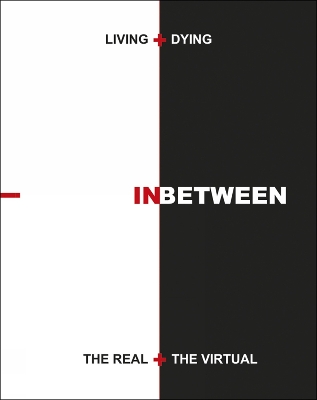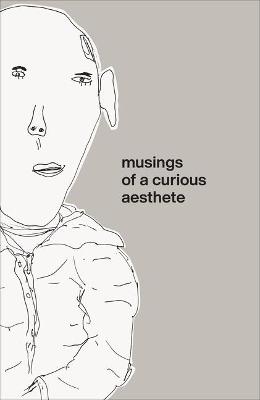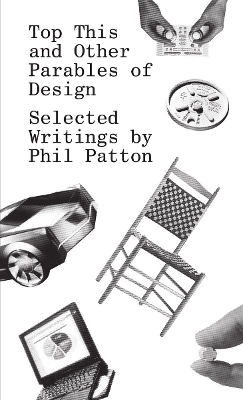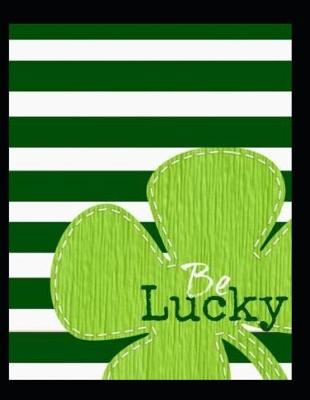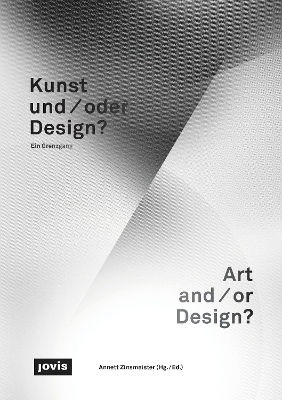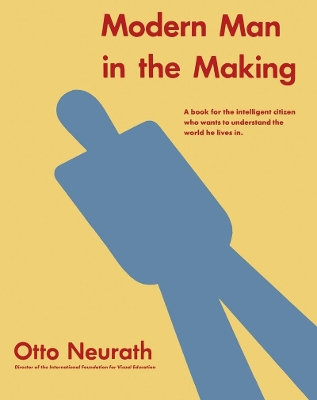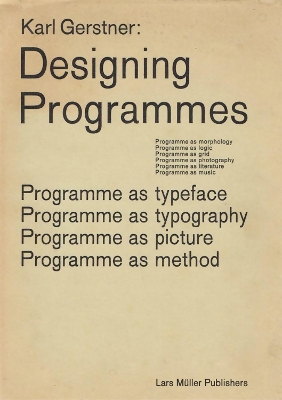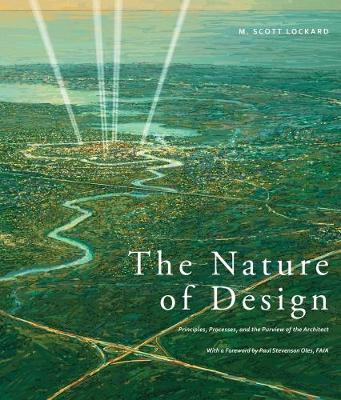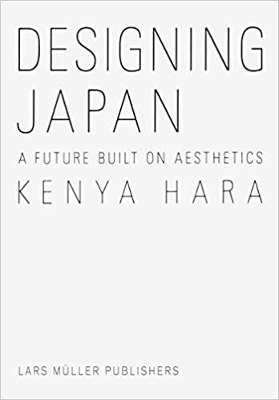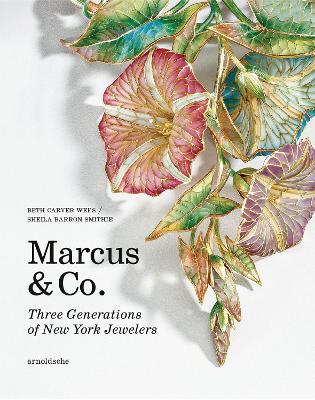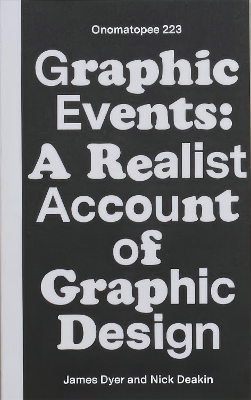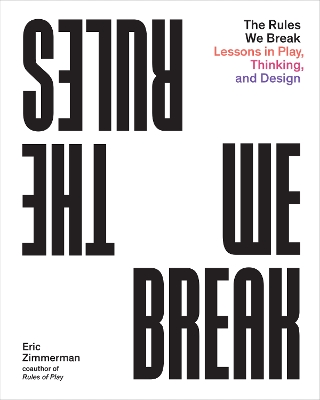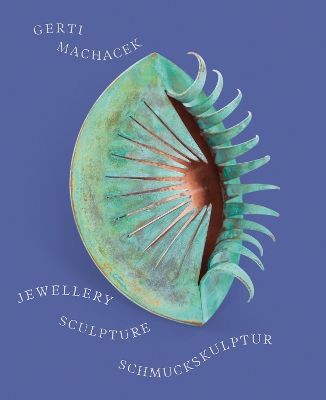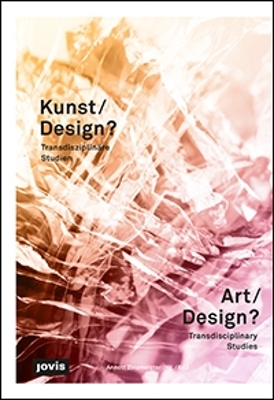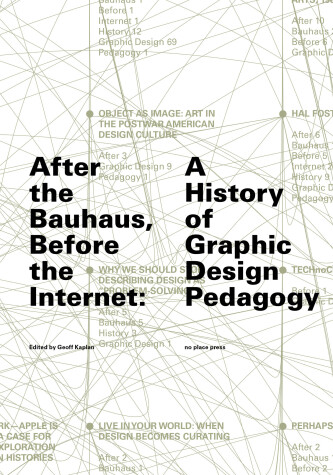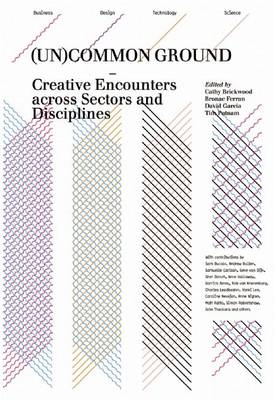Reality isn't what is used to be. As the world moves increasingly from the real to the virtual, the question emerges, who do we want to be as humans? The amount of time spent on devices is taking more of our time from the real world as we 'fast forward' to the virtual future. As we transform our work, play, living, education, and retail lifestyle, so too must architecture react and redefine the very nature of our public and private spaces. The challenge of our time is to learn to navigate INBetw...
Form 240 (Zeitschrift Form)
"Form" has been one of Europe's leading design journals since 1957. Together with its special issues and the website, the magazine offers product designers in-depth coverage of new design trends, materials, and production techniques, with special attention to design processes ('the making of' ). Graphic, corporate, and web designers appreciate "Form" for its articles on current trends in type design, color, and illustration. The "Form Poster Edition" and its many high quality reproductions have...
In September 2015 the world lost Phil Patton – prolific design writer, teacher and tantalizing wordsmith. Patton’s insatiable curiosity, sense of humour and keen eye made for the most compelling reads. Whether he was chronicling design minutiae, quirky anecdotes or bizarre tales, Phil’s hundreds of books, columns, articles and posts always delivered a new account. As his editor at i-D magazine, Chee Pearlman, said, ‘His insight takes the reader beyond the object to an understanding of its broade...
A Visually Stunning Guide to Learning the Art of Logo Design Designers looking to learn the art of designing logos need look no further than The Elements of Logo Design by world-renowned designer Alex W. White. Unique in its approach to explaining how to design marks, The Elements of Logo Design explores design unity, typography and its expression as frozen sound, how a logo fits into a greater branding strategy, and how to build a logo. With more than four hundred examples culled from advert...
Kunst und/oder Design?
Artists design spaces and buildings, including furnishings and lighting, and offer interior design consulting, while designers create purposeless objects as a one of a kind or in small numbers. Where is the dividing line between liberal and applied art, considering that artists and designers are increasingly establishing themselves in new disciplines, the markets for liberal and applied arts are leveling out, and arguments about the unequal taxation of creative products are flaring up? Internati...
Representing a new generation of designers in Japan, Kenya Hara (born 1958) pays tribute to his mentors, using long overlooked Japanese icons and images in much of his work. In Designing Design, he impresses upon the reader the importance of "emptiness" in both the visual and philosophical traditions of Japan, and its application to design, made visible by means of numerous examples from his own work: Hara for instance designed the opening and closing ceremony programs for the Nagano Winter Olym...
Otto Neurath’s famous Modern Man in the Making, first published by Alfred A. Knopf in 1939, captures and describes the state of the world in the 1930s by using text and figurative illustrations. From 1925 onwards, Neurath and his team had worked on a new visual language termed “Isotype” (International System of Typographic Picture Education). At a time that saw the rise of new mass media making hitherto unthinkable amounts of information available, Neurath felt the need for a systematic visualiz...
Karl Gerstner’s work is a milestone in the history of design. Designing Programmes is one of his most important works: in four essays, the author provides a basic introduction to his design method- ology and suggests a model for design in the early days of the computer era. The book is especially topical and exciting in the context of current developments in computational design. With many examples from the worlds of graphic and product design, music, architecture, and art, it inspires the reade...
Design is a widely-misunderstood discipline. This misunderstanding is not just simple ignorance and indifference in the layman. It is the design profession itself that accepts and promotes a vague and ultimately damaging definition of design. This lack of clarity is nurtured to thwart the scrutiny that would reveal designers' incompetence--as well as to advance more insidious agendas. While there is no lack of criticism, it too misses the point. Critics and designers are content to argue about s...
'Designing Japan' presents renowned designer Kenya Hara’s vision of how his industry can support Japan in crafting a future founded on a unique philosophy of beauty as well as crowd-sourced wisdom from around the world. A master collaborator, meticulous organiser, and globally conscious innovator, Hara draws on more than three decades of participations in design work and exhibition curating, as well as deep professional interaction with creators from many fields. In 'Designing Japan' Hara revea...
The New York jewellery firm of Marcus & Co. (1892–1942) created exceptional examples of Art Nouveau and Art Deco jewellery for an art-loving, wealthy elite. Innovative in their collaboration with contemporary artists, and in their captivating window displays and advertisements, the firm captured the imagination of Gilded Age families such as the Rockefellers. This volume chronicles their story, from the founder’s apprenticeship in Dresden to the firm’s grand premises on Fifth Avenue neighbouring...
Graphics have a way of living that is often awkward and unplanned. We see it when they are ripped from walls, littered on streets and faded in shop windows. We wouldn’t say they are that way by design, however this everyday difference between graphics and their designs is underimagined in critical discourses. Graphic Events intensifies this difference in a montage of original essays and interviews that coax graphics into unfamiliar dialogues. Edited by James Dyer and Nick Deakin. Foreword...
Games and exercises to help designers understand how people think, how systems work, and how a design process can unfold. Exercises in Play, Systems, and Design is a collection of hands-on, real-world exercises for designers of all kinds. Games and play can help designers understand how people think, how systems work, and how a design process can unfold. The exercises are sometimes played on a tabletop, and sometimes are physical and social games, but they are all thought-provoking and (of cours...
Gerti Machacek
by Beatrix Kramlovsky, Lydia Mischkulnig, and Elisabeth Von Samsonow
As a metaphor for the living, Gerti Machacek’s jewellery is very much centred on the body, geared toward movement and changing perspectives. Despite the different materials, its pervasive clarity fascinates and delights the wearer. This monograph offers comprehensive insights into the work of an Austrian art jewellery pioneer. Her ideas comprise thrilling combinations of figurative evolution, architectural development, and a richly layered sense of humour. Essays by the art historian Anne-Katrin...
Creative practice, whether in free and/or the applied arts, is a dynamic process. But where exactly is the borderline between art and design? Annett Zinsmeister has developed interdisciplinary teaching based on her wideranging educational experience and personal artistic practice. Her studies investigating creative processes and our perceptions of places, spaces, and objects along with their significance and capacity for transformation are exciting for artists, but equally so for designers and a...
A history of design teaching from the mid-1950s to the mid-1990s told through essays, interviews, remembrances, and primary materials. With contributions by more than forty of the most influential voices in art, architecture, and design, After the Bauhaus, Before the Internet traces a history of design teaching from the mid-1950s to the mid-1990s through essays, interviews, and primary materials. Geoff Kaplan has gathered a multigenerational group of theorists and practitioners to explore how t...
The Black Experience in Design spotlights teaching practices, research, stories, and conversations from a Black/African diasporic lens. Excluded from traditional design history and educational canons that heavily favor European modernist influences, the work and experiences of Black designers have been systematically overlooked in the profession for decades. However, given the national focus on diversity, equity, and inclusion in the aftermath of the nationwide Black Lives Matter protests in t...
Design and Living Well (Re:Research, #4)
Just as the term design has been going through change, growth and expansion of meaning, and interpretation in practice and education – the same can be said for design research. The traditional boundaries of design are dissolving and connections are being established with other fields at an exponential rate. Based on the proceedings from the IASDR 2017 Conference, Re:Research is an edited collection that showcases a curated selection of 83 papers – just over half of the works presented at the con...

